The use of whey for cucumbers
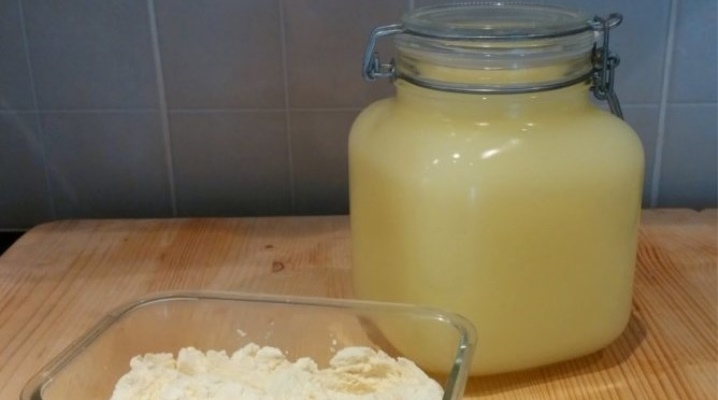
Every gardener wants to get a decent harvest at the lowest cost. That's why it is imperative to feed the plants so that they are strong and healthy. Cucumbers are the most common vegetable crop, as are tomatoes. Not every gardener will use chemicals. Someone gives preference environmentally friendly products, natural fertilizers. One of these is whey.
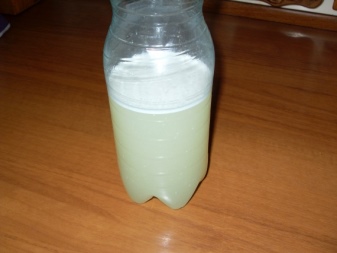
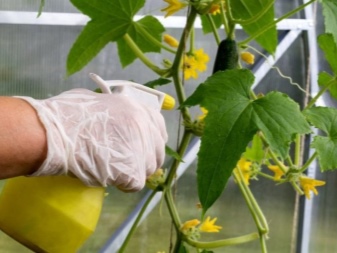
Whey properties
Milk whey is residual product resulting from milk fermentation. It is almost 95% water. The substance contains a variety of trace elements that are necessary for most plants. Serum contains potassium, phosphorus, magnesium, calcium, nitrogen, amino acids and vitamins. It is together with lactic acid bacteria that they can significantly help the cucumber culture in growth, development and fruiting. You can also use cottage cheese serum.
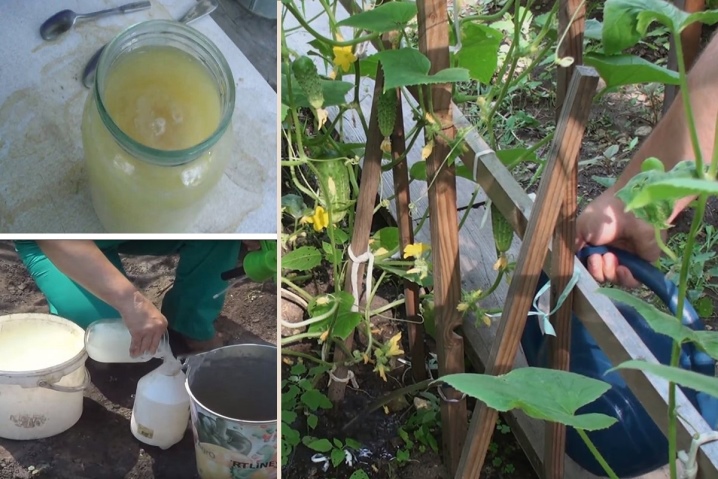
The microflora of the liquid contributes to the acceleration of the process of decomposition of organic substances into simpler elements, which are assimilated by plants. These bacteria have an overwhelming effect on the vital activity of pathogenic microflora, which is the cause of many diseases of the culture, including powdery mildew.
The serum contains the following substances:
- lactose;
- minerals;
- proteins;
- vitamins;
- amino acids.
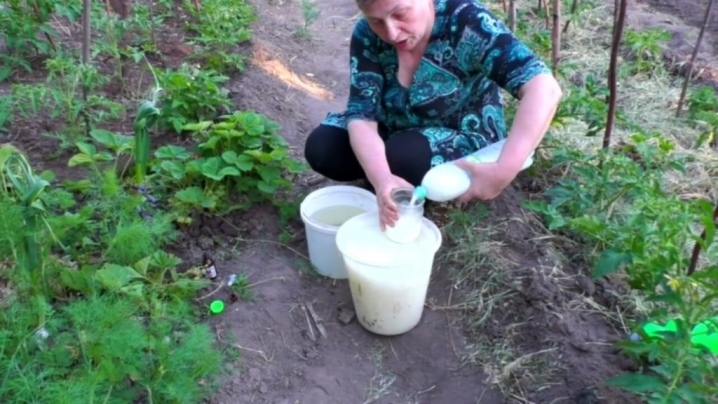
Milk whey is used diluted to avoid burns. It is applicable as a top dressing for most vegetable crops (tomatoes, cucumbers and others).
For feeding
Whey is an excellent fertilizer that can be used to feed vegetable crops. Either watering or spraying is carried out. The first watering can be carried out at the seedling stage, when two or three full-fledged green leaves have appeared. Such feeding prevents the sprouts from pulling out, strengthens the immune system, which is especially important when planting seedlings in open ground conditions. This measure is very important as it promotes healthy crop formation and a good harvest, as well as correct growth.
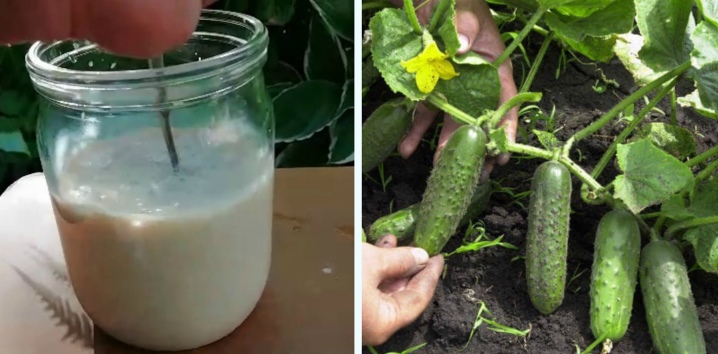
The second time, fertilizer is applied to open ground after planting seedlings, after 10 days. For each planting, 1 liter of the prepared solution will be enough. The substance is poured at a distance of 50 cm from the stem. Fertilizer is best applied in the evening, before watering. Watering should be done carefully, avoiding getting the solution on the green parts of the plants. This will help prevent burns.
Top dressing must be alternated with foliar fertilization. Be sure to strain the serum before use. Foliar dressing involves spraying the lower parts of the leaves with a spray bottle.
Foliar dressing is carried out in cloudy weather. Before processing, all damaged and dried leaves and shoots are removed from the plantings, ripe fruits are collected, if any.
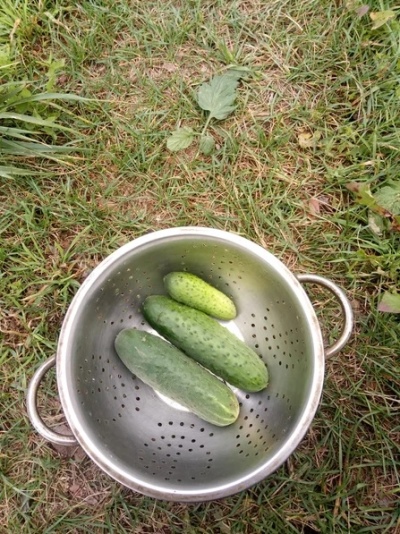
For the period of flowering and fruit formation, the following remedy is suitable:
- 2 liters of basic whey solution;
- 1 tbsp. a spoonful of ash;
- 10 drops of iodine;
- 5 tbsp. spoons of honey.
The mixture must be infused for two or three days. Root feeding is carried out. It can be carried out during the entire growing season. There is no need to worry about the quality of the crop, because whey is a completely natural product.
The optimal frequency of feeding is from 10 to 12 days. Rain can easily wash off the mixture, so it is worth feeding in dry weather. It is undesirable to handle during flowering.
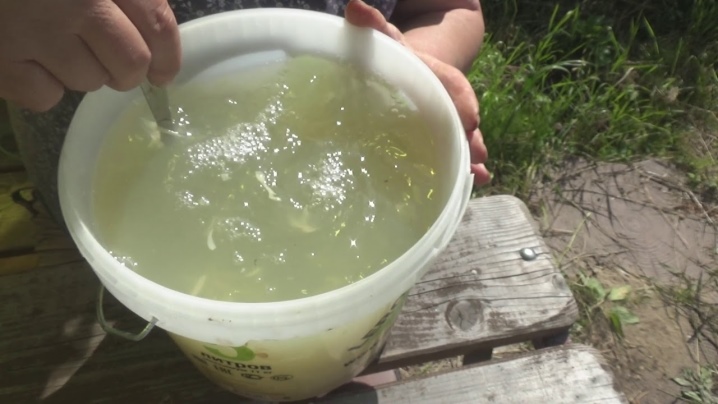
From diseases and pests
Whey is also good at fighting pests and diseases, in particular powdery mildew. No need to use harmful chemicals. To cure powdery mildew from cucumbers, you will need to prepare a solution using the following means:
- serum and herbs - 2 liters of each product;
- sugar syrup - 50 ml;
- liquid soap - 30 ml;
- water - 6 liters;
- "Shining" or "Baikal EM-1" - 30 ml each.

All the constituent elements are thoroughly mixed and allowed to brew for half an hour. The resulting solution is sprayed on the culture. Alternatively, you can apply the following solution:
- serum - 3 liters;
- 200 g granulated sugar per 200 ml of water;
- herbs - 2 liters;
- "Healthy Garden" or "Ecoberin" - 20 tablets each;
- liquid soap - 40 ml;
- water - 10 liters;
- EM preparation - 30 ml.
The best time to spray is early morning, when the dew is still wet. For the prevention and treatment of powdery mildew, a solution with 10 drops of iodine is also suitable. Foliar dressing is carried out. Processing begins in July.
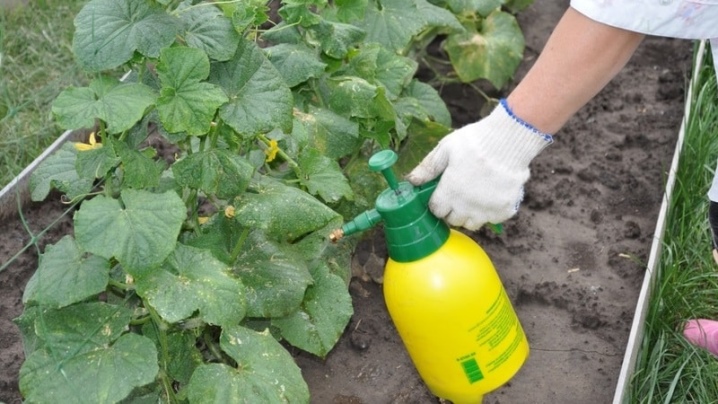
For powdery mildew, the following solution is also suitable:
- serum - 3 liters;
- water - 7 liters;
- copper sulfate - 10 g.
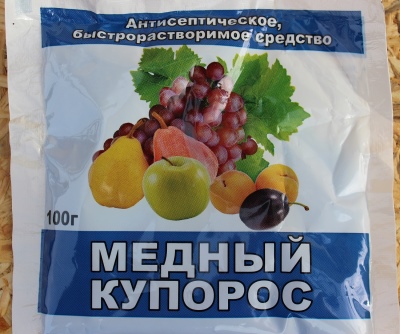
This is a highly effective composition that acts against fusarium, rot, late blight and many other diseases. Iodine or brilliant green can be used as copper sulfate. They are introduced either along the sheet or at the root. Use only freshly prepared solution.
To eliminate downy mildew, a solution of three components is used:
- 3 liters of whey;
- 7 liters of water;
- 10 g of copper sulfate.
This composition is very effective in diseases such as fusarium, rot, late blight and many others. If there is no copper sulfate, it can be replaced with brilliant green or iodine. Method of application - by leaf or root.
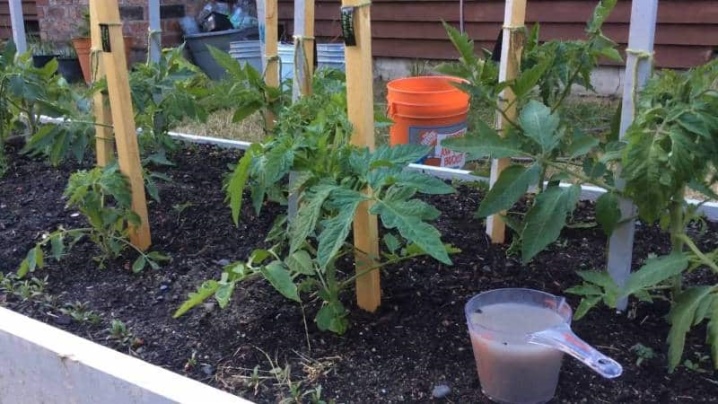
It is preferable to use exclusively freshly prepared solution.
Insect repellent serum is used as a trap. Pour about 1/3 of the whey into a glass (not diluted) and leave overnight. This product has shown its effectiveness against insects such as aphids, moth, onion fly, cruciferous flea.
Whey will be effective when there are few aphids and whiteflies. A liter of milk liquid is dissolved in a bucket of water and 50 g of laundry soap is added. Spray three times, at intervals of about 10 days.

Advantages and disadvantages
Whey has its advantages and disadvantages. First, let's talk about the pros.
- Non-toxic and harmless. Serum is also used during the period of fruit formation, without fear of harming the plantings. Spraying can be carried out almost until the very harvest of the fruit. Because of this property, additional protection measures do not need to be applied.
- The solution is being prepared simple and fast.
- The serum is complete on its own and has a varied composition that allows you to replace all other funds. It contains all the necessary macro- and microelements. Each of these elements contributes to the full development of the plant.
- The composition includes acidthat create unsuitable conditions for the spread of harmful microflora.
- Treat with whey useful for repelling pests... For example, aphids will definitely be afraid of this remedy.
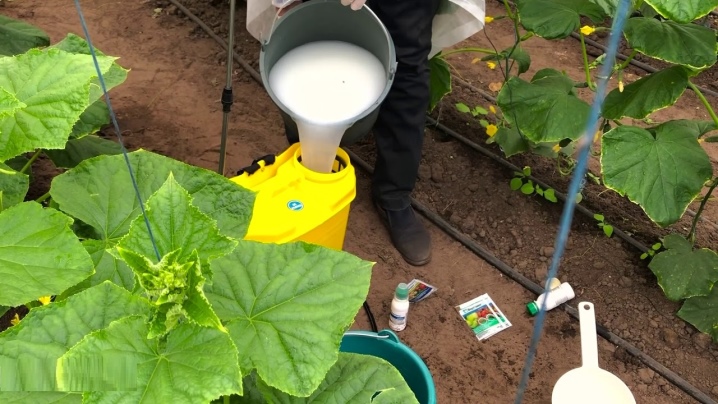
There are only two downsides.
- After the treatment with whey, a very thin film forms on the surface of the plants... It lasts for a short time and is quickly washed off by precipitation. Therefore, you will have to process it often.
- Whey contributes to soil acidification, for this reason deoxidation is imperative. The most common acidity reducing agent is the well-known ash. It is enough to add very little to the solution.
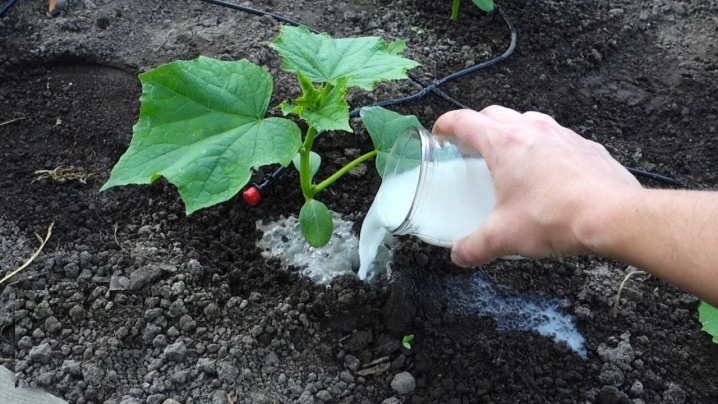
How to prepare the solution?
There are two basic rules for preparing a whey-based folk remedy.
- Do not expose to high temperatures for a long time... Long-term heat treatment destroys valuable bacteria in the whey. Pasteurization also kills these bacteria, leaving only a small fraction of them. As a result, the pH of the whey becomes acidic, and it will be impossible to apply this product on soils with high acidity levels.
- To prepare the product, use only homemade milk, not boiled or pasteurized. Such milk contains harmful microorganisms for human health of the genus Pseudomonas. They contribute to the rapid deterioration of milk, but they are useful for the soil. These sticks are specially grown for the production of pharmaceuticals.

Based on these two rules, preparing whey for use in horticulture is easier than preparing it for consumption. The process takes place in several stages:
- take raw homemade milk and keep it at room temperature until sour;
- filter through cheesecloth, previously folded in several layers;
- the strained liquid is used for plants.
Attention! It is impossible for the product to sour to the point where mold or bitterness appears in the taste. It is necessary to preserve the beneficial microflora and prevent the development of pathogenic ones.
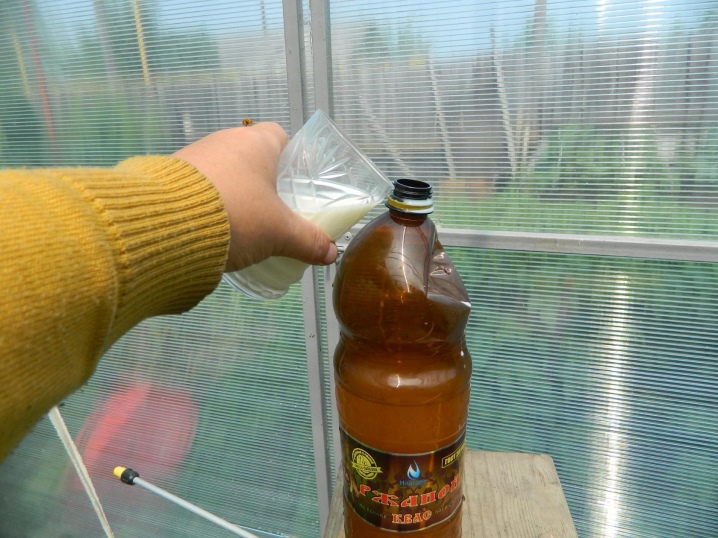
With water
The concentration of the solution can be different and is determined by the purpose of the application. For root watering, it is necessary to dilute the serum with water in a ratio of 1: 10. And for processing on a sheet, we use a solution with a higher concentration - 1: 3.
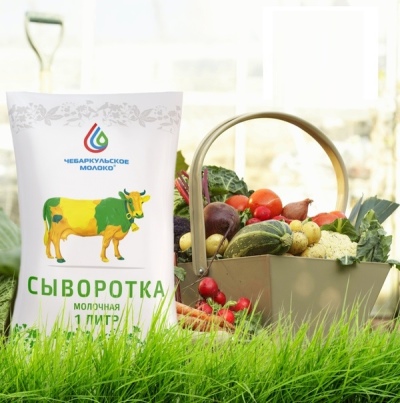
With brilliant green
Whey solution with brilliant green is used as a prophylactic and therapeutic agent. It has shown itself well in the treatment of diseases such as powdery mildew. To prepare a solution, take per liter of water 1 ml of brilliant green, 0.5 liters of serum, 25 g of urea. Three treatments are carried out in one season - before flowering, during the formation of ovaries and after flowering.

With iodine
This recipe is good when you need to urgently save the crop. A simple aqueous solution will not help, the use of iodine is necessary. Take 10 drops of iodine for half a liter of serum... The latter dissolves better in a warm substance. It is worth spraying every day, paying special attention to the foliage.
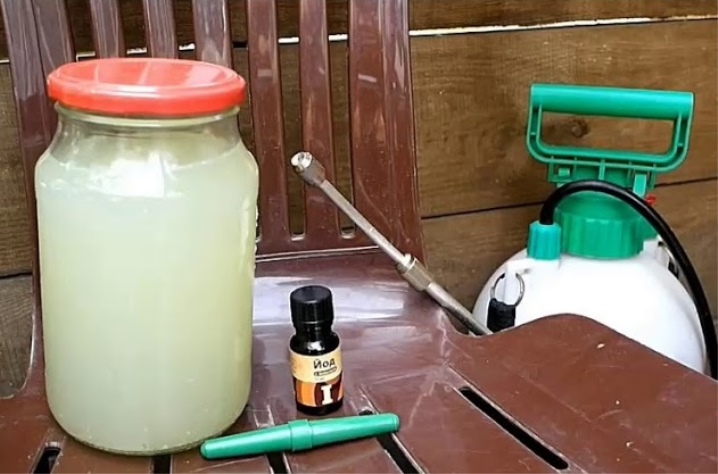
There is no limitation on the age of plants in processing - both young seedlings and grown plantings can be processed. It is important to remember that the solution must be diluted with water to reduce the concentration.
With ash
As a foliar top dressing, a solution of 2 liters of whey, 5 tablespoons of honey, 10 drops of iodine, 200 g of ash is used. All components are mixed well and insisted for three days.

With herbs
For cooking, you need mowed grass. Take a barrel with a capacity of 50 liters and fill with grass, adding 5 liters of ash. Filled with serum. Leave the mixture to ferment for three days in a warm place.

When feeding, dilute in equal proportions.
Other recipes
Take a liter of yogurt for 9 liters of water at room temperature, add 5 drops of iodine. Used several times a month to accelerate the growth and development of culture.
Other "ingredients" can be used to enhance the nutritional properties of whey. For example, a recipe with sugar and yeast is good. It will take a week to prepare such a solution. However, it's worth it.
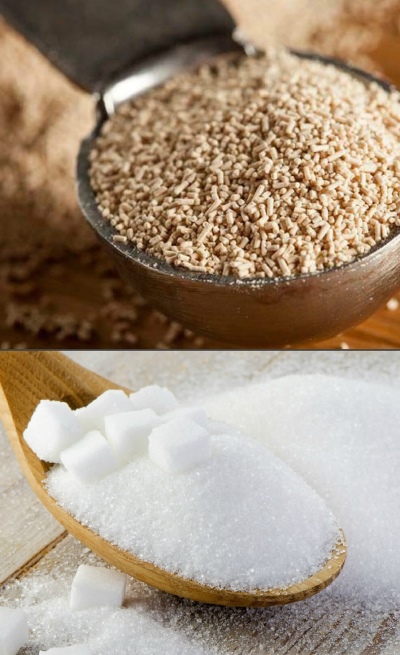
Bird droppings are combined with wood ash in a bucket and a liter of whey is added. Separately dilute 200 g of yeast in water at room temperature, adding a tablespoon of sugar. The infusion time of the mixture is 7 days. Before use, take a liter of the mixture and dilute in water in the amount of 10 liters. 10 drops of iodine are added last. To process one planting, you will need about 500 ml of the prepared solution.
Another effective recipe with honey. You will need iodine, serum, wood ash, honey. A liter of milk whey takes 200 g of ash, 3 tbsp. spoons of honey, 10 drops of iodine. The prepared mixture is insisted for 4 days.Sometimes ammonia is added. It is preferable to process cucumbers during the flowering stage. Such feeding is an excellent prevention of ovary falling off.
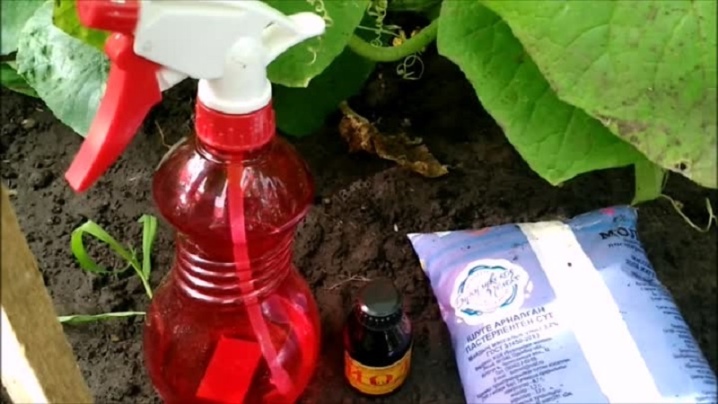
All these dressings will only make the vegetables tastier. And don't worry about processing time. The product is non-toxic.
With late blight, you should use the following composition:
- liter of whey;
- iodine - 30 drops;
- laundry soap - 20 g;
- water - 10 liters.
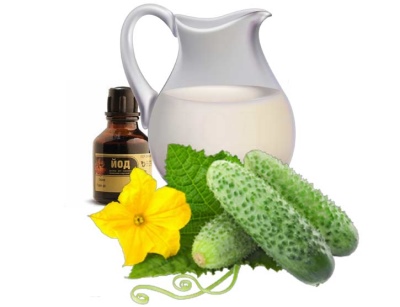
As a result of mixing the above ingredients, a very powerful composition is obtained, which is processed every 10 days.
Here's another recipe with urea:
- serum - 500 ml;
- iodine - 5 drops;
- urea - 20 g;
- water - 2 liters.
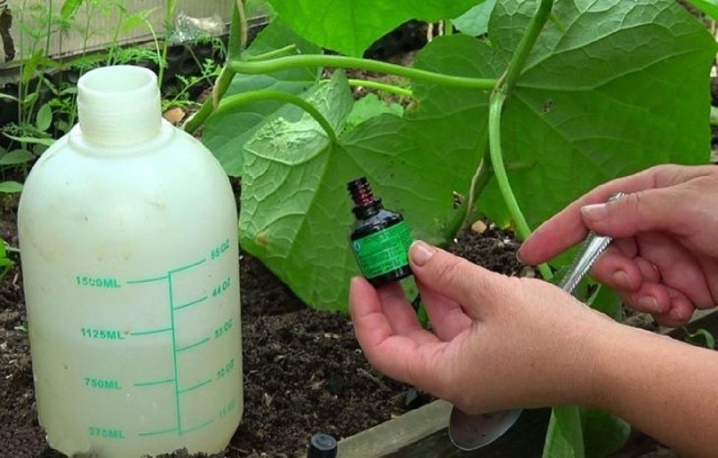
The following recipe contains copper sulfate. This substance is often used in horticulture. Would need:
- serum - 2 liters;
- copper sulfate - 5 g;
- iodine - 10 drops;
- water - 5 liters.
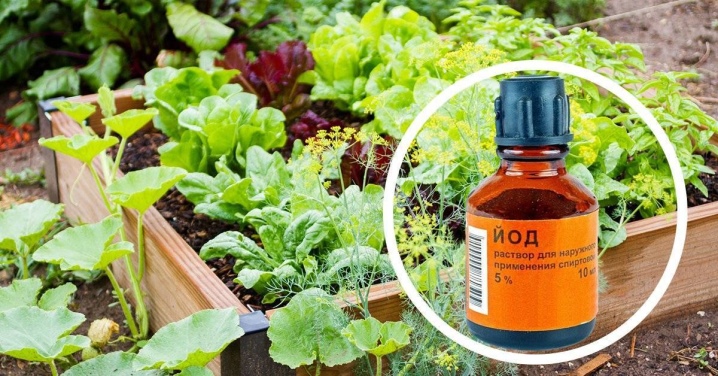
When can you use it?
Since the whey is completely harmless, it can be used in the garden at any stage - both for seedlings and even during fruiting, without harming the quality of the fruit.
Experienced gardeners believe that the best effect can be obtained by alternating foliar feeding and root fertilization. The first is advised to be carried out at the seedling stage with the appearance of the first leaves.
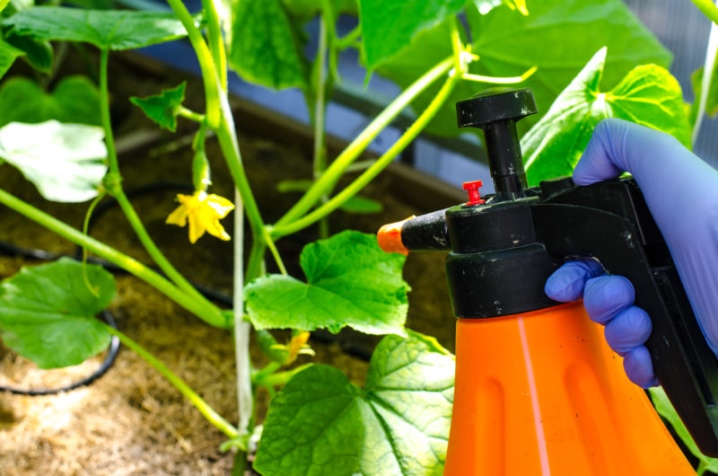
1.5 weeks after planting in open ground or a greenhouse, the seedlings also require further fertilizing. Further - after another 14 days. The next fertilizer is applied only after the flowers bloom. The last time it is recommended to water with a nutrient solution during the period of fruit formation and active fruiting.
Foliar dressing is carried out a week after planting the seedlings, taking weekly breaks, until the plant gets stronger and forms a couple of strong leaves. In the future, only medical treatments are carried out if flowers fall.
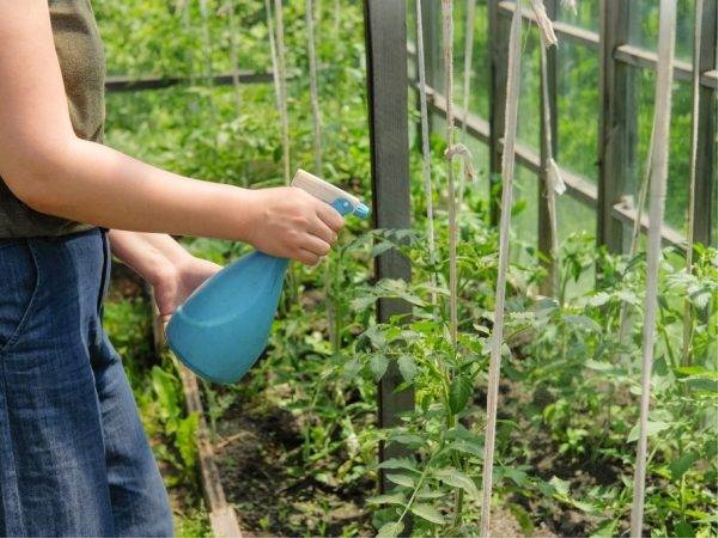
Application methods
Milk whey can be effectively used in both open and closed ground. The main difference here is the concentration level of the solution. In greenhouses, a weaker solution is needed, about 40%. Fertilize at the root immediately after moistening the soil. Since the solution should not get on the plant, use watering cans with elongated spouts. The greenhouse must be ventilated after each treatment.
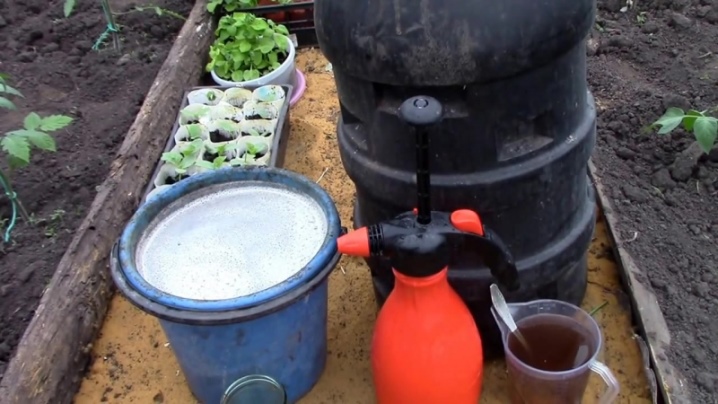
Prophylaxis
Everyone knows that it is better to prevent disease than to cure it. This is also true for vegetable crops. Most gardeners prefer prophylactic whey treatments. Cucumbers can be processed as soon as they bloom. It is convenient to use a spray bottle for these purposes.
The best moment for treatments is the active formation of green mass. During the procedure, you should pay attention to the flowers and try, if possible, not to fall on them when spraying. Indeed, in this case, a protective film forms on the flowers, which interferes with the normal development of flowers. That's why it is best to carry out all treatments after flowering.
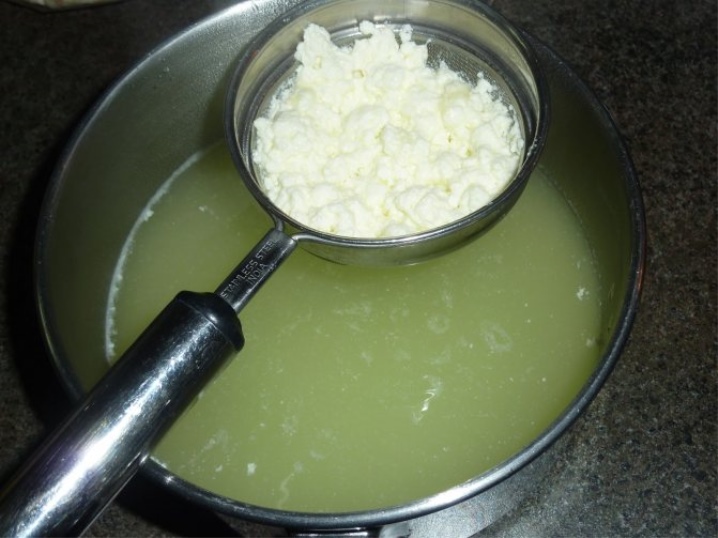
Processing is preferable in the daytime, a couple of days before watering. This is necessary to avoid washing off nutrients from plants.
Serum irrigation
The usual root watering is carried out. The best time to water is morning and evening.
Spraying rules
To prepare the solution, you will need a bucket of warm water (5 liters), preferably at room temperature. 500 ml of freshly prepared serum is introduced into it and about 6 drops of iodine are added. Before spraying, remove all damaged, dried out branches. The plant is ready to spray. The course is repeated after 14-21 days.
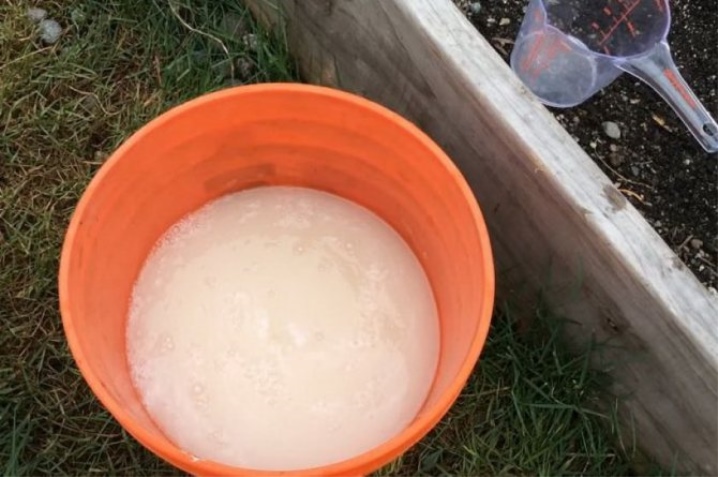
Precautionary measures
The main thing in using serum for plants is not to use more than necessary, because this can cause disturbances in the acid-base balance of the soil, which will certainly affect the health of the plantings. Several recommendations for safe use:
- serum is used exclusively in diluted form;
- for people with allergies to dairy products, you should be more careful when working with this substance, despite its non-toxicity;
- to prepare the solution, use only warm water with a temperature of 23-24 degrees above zero, the water must be settled;
- it is preferred that the whey is not thermally processed;
- the content of ingredients specified in the recipe must not be exceeded;
- the prepared solution is used immediately after preparation, otherwise pathogens may appear in it.
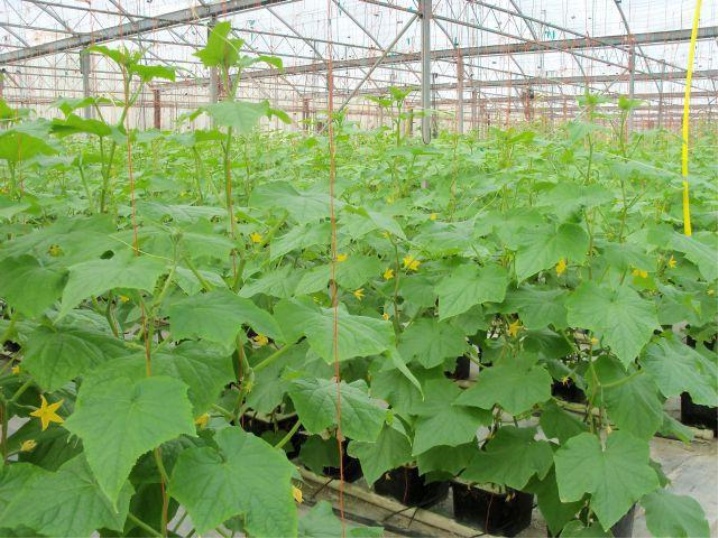
The use of whey is good because it is not capable of harming plants, provided that the measure is followed. Does not pose a serious hazard to beneficial insects.
Whey is a completely natural product that can be used in the garden for almost any purpose. It is also suitable as a complete top dressing, as it contains a large amount of nutrients in the composition. It has proven itself as an agent for soil microbiological activity, for preventing and treating diseases caused by fungi and other pathogens, for creating compost. Whey is an effective and safe product for any horticultural crop.
More on the use of whey for cucumbers in the video below.













I agree that serum can be useful to some extent in protecting against fungal diseases. But as a fertilizer - no. Judge for yourself: serum contains 0.15% potassium, half as much phosphorus, no nitrogen at all, trace elements are present in scanty amounts: calcium, iron, manganese, zinc. And for example, for tomatoes, you need to add 90 g of nitrogen, potassium and phosphorus per 10 sq. m. So how will the serum help? In addition, whey cannot be used in a mixture with ash. Ash contains a large amount of potassium carbonate (potash), which will react instantly with the acids in the whey.
The comment was sent successfully.